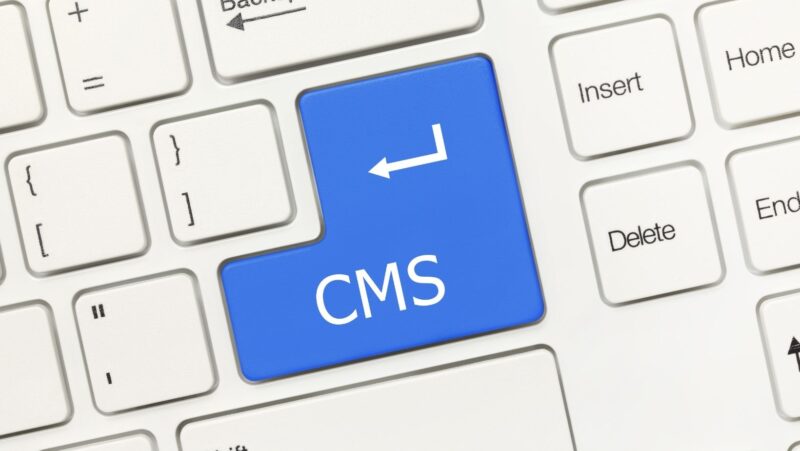
Anyone can learn Spanish, and the best way to do so is by immersing yourself in the language and culture. While learning Spanish in a classroom setting can be helpful, it’s not the only way to become fluent in the language. You can also use resources like online videos, podcasts, and apps to help you learn Spanish. And if you’re willing to put in the time and effort, you can become fluent in no time.
Download a language learning app like Duolingo
If you want to learn Spanish quickly and easily, then I recommend downloading a language learning app like Duolingo. This app is free to use, and it includes a variety of exercises and quizzes that can help you improve your Spanish skills.
Listen to Spanish-language radio stations and podcasts
Another great way to improve your Spanish skills is to listen to Spanish-language radio stations and podcasts. This will help you improve your listening comprehension, and it will also help you learn new vocabulary and expressions.
So if you’re serious about learning Spanish, then I recommend using all of the resources mentioned in this post. And don’t forget to have fun while you’re at it!
Spanish language basics
If you’re just starting out with Spanish, then I recommend learning the basics first. This includes learning how to say common phrases and words in Spanish. Here are a few helpful resources that can get you started:
Spanish language basics
Below are some common Spanish phrases and words that you should learn.
Hello – Hola
Goodbye – Adiós
Please – Por favor
Thank you – Gracias
I’m sorry – Lo siento
Yes – Sí
No – No
Basic Spanish grammar
Spanish grammar can be a little tricky at first, but with a little practice you’ll be able to master it. Here are a few resources that can help you get started:
Below are some basic Spanish grammar rules that you should learn.
Nouns – Nouns in Spanish are either masculine or feminine, and they always have a definite article (e.g., el, la, los, las).
Verbs – Verbs in Spanish are either regular or irregular, and they always have a subject (e.g., yo, tú, él, ella).
Adjectives – Adjectives in Spanish must agree in gender and number with the noun they modify.
Pronouns – Spanish pronouns are similar to English pronouns, but there are some differences. For example, the Spanish pronoun “yo” is equivalent to the English pronoun “I”.
So if you want to learn Spanish quickly and easily, be sure to immerse yourself in the language and culture. And don’t forget to use all of the resources mentioned in this post!
¡Buena suerte! (Good luck!)
how do you say hello beautiful in spanish
¡Hola, bella!
Practice speaking with native speakers
One of the best ways to improve your Spanish skills is to practice speaking with native speakers. This will help you improve your pronunciation and fluency. So if you have the opportunity, be sure to practice with native speakers as often as possible.
You can find native speakers to practice with by joining a Spanish-language meetup group or online community. You can also try using a language exchange app like Tandem.
Don’t be afraid to make mistakes
When you’re learning a new language, it’s inevitable that you’ll make mistakes. But don’t let this discourage you! Making mistakes is part of the learning process, and it’s how we become better at speaking a new language.
How can Spanish be useful for you
Spanish can be very useful for you if you want to learn a new language. It’s one of the most popular languages in the world, and it’s spoken by millions of people in countries like Mexico, Spain, and Argentina. So if you’re looking for a challenging and rewarding language to learn, then Spanish is a great option.
Learning Spanish can be a fun and rewarding experience. And if you use all of the resources mentioned in this post, you can become fluent in no time. ¡Buena suerte! (Good luck!)






